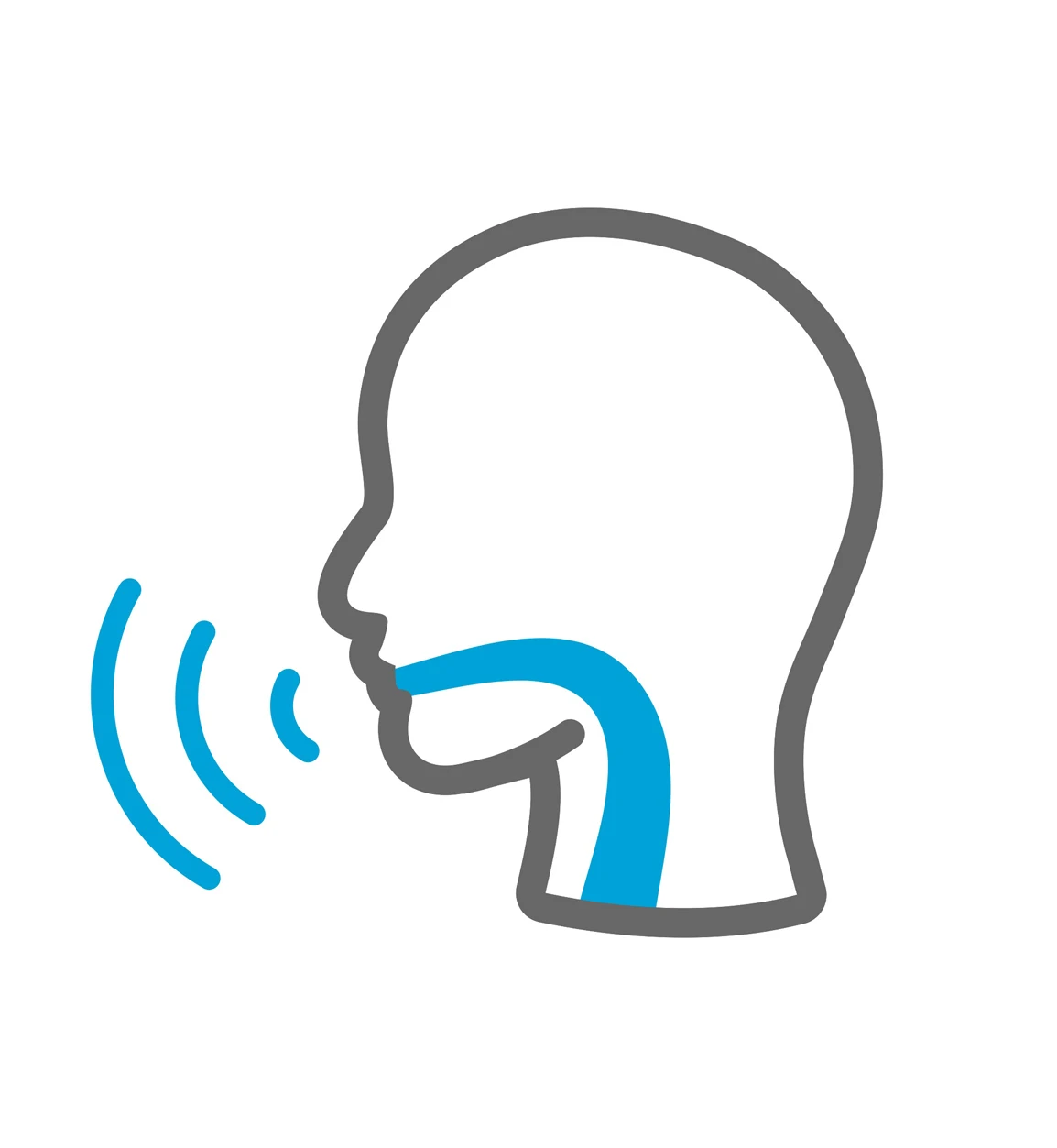Voice Disorders impact a person's ability to speak
Making the voice sound unsuitable for the person’s age or gender. These disorders can influence vocal quality, pitch, or loudness. Different types of voice disorders include:
- Organic voice disorders, which arise from structural issues with the voice box (larynx), vocal cords, or lungs, often due to a growth on the vocal cords.
- Neurological voice disorders occur when the nerves controlling the vocal cords are affected.
- Functional voice disorders result from the improper use of the muscles for voice production. Stress, emotions, and psychological state can also influence the voice.
Some voice disorders can involve multiple categories. For example, vocal fold paralysis (neurological voice disorder) might cause the other vocal cord to overcompensate, leading to throat tension (functional voice disorder). Alternatively, excessive tension (functional voice disorder) could lead to vocal fold nodules (organic voice disorder).
There are also disorders of the upper airway that involve the larynx and vocal cords but do not affect vocal quality and voice use. These include:
- Inducible laryngeal obstruction (ILO), also known as paradoxical vocal fold motion disorder (PVFM) or vocal cord dysfunction
- Exercise-induced laryngeal obstruction (EILO)
In cases of ILO or EILO, the vocal cords or other throat structures may move incorrectly during breathing, preventing proper inhalation/exhalation.
